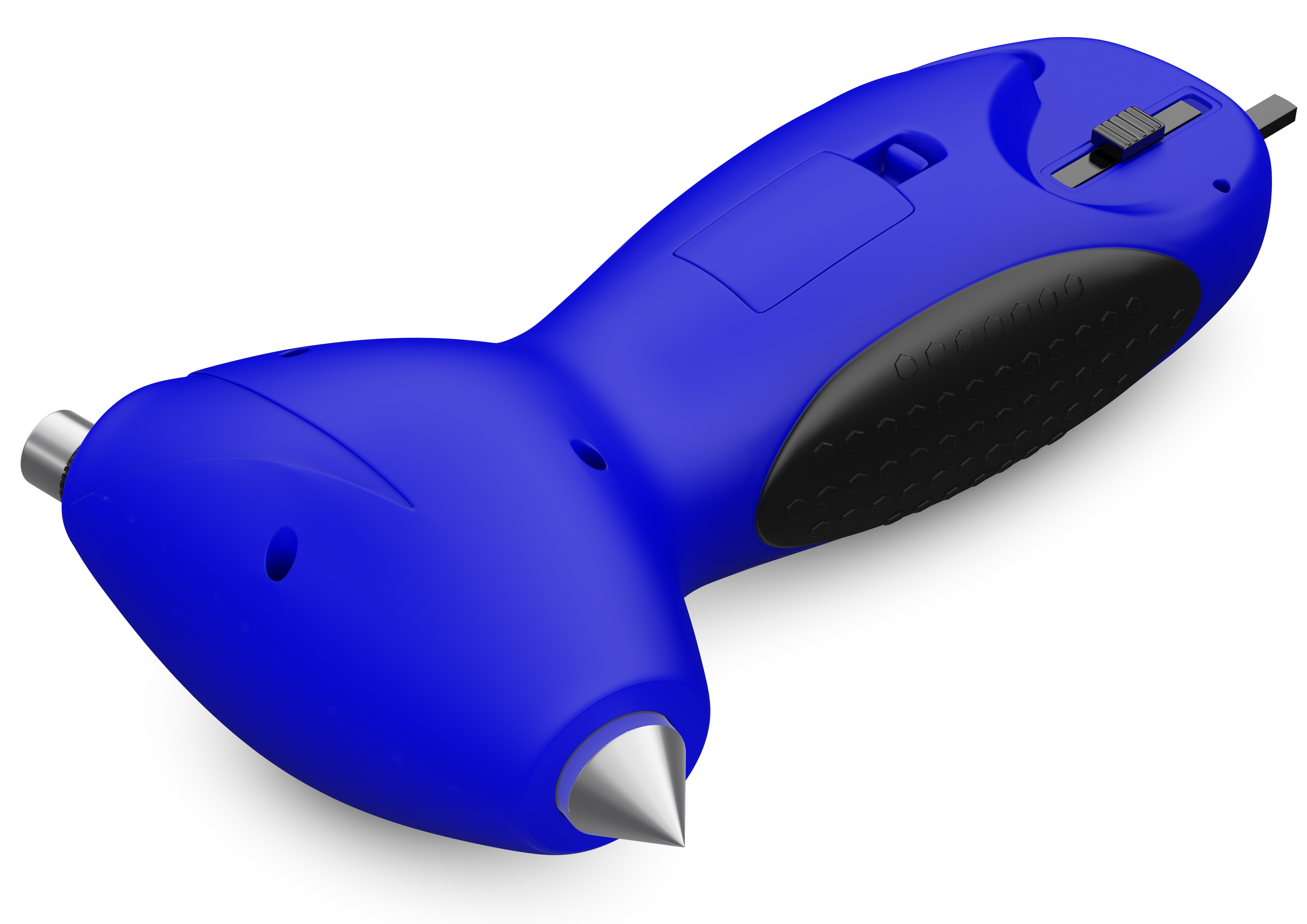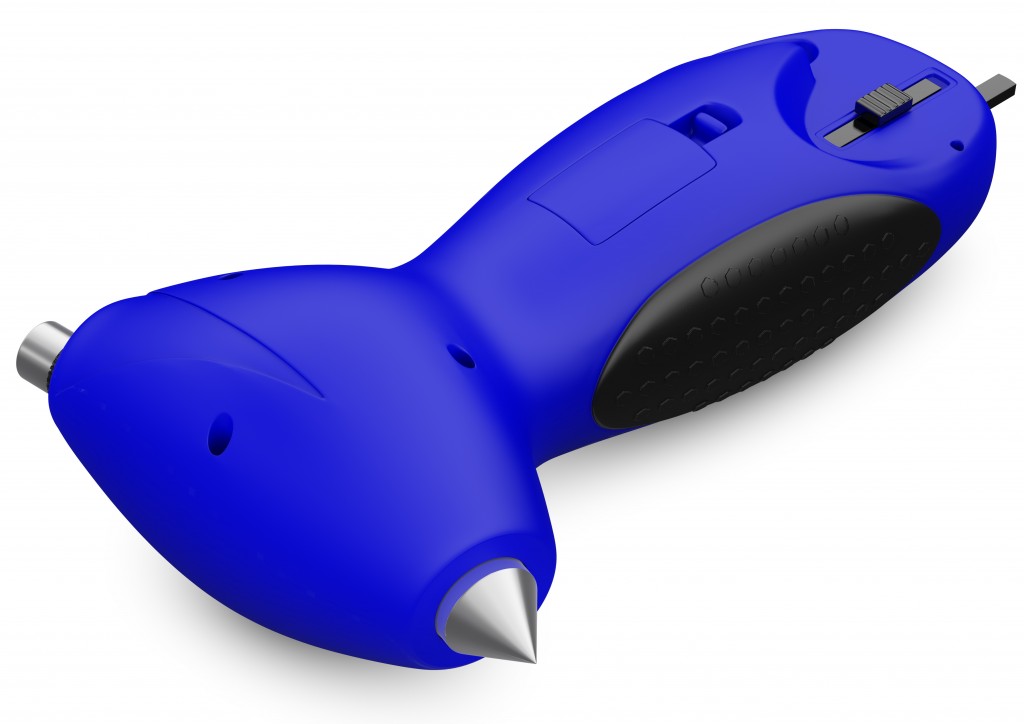As the weather turns colder outside, it’s important to check inflation levels as pressures can reduce.
Some of us embrace the winter, others try to live in denial and pretend it won’t happen, but no matter what we do, in terms of accepting it, the temperatures are falling and are already having an impact on tire pressure and other components of our vehicles.
Many people have tune ups and may even switch to winter tires as the season turns to winter.
In order to start thinking about tire pressure and/or putting our winter tires on, most of us wait until the dashboard starts to ding, warning us about potential icy road conditions. Unfortunately, by that point we’ve already likely experienced a notable drop in inflation and should have already had the “snows” in place in places that face frozen road conditions. Even areas that don’t get snow still cool down enough that it can have an impact on the tire’s inflation. For that reason, a good quality digital tire pressure gauge can be your best friend.
Using a tire pressure gauge even more than the recommended monthly frequency is wise at this time of year.
We should already be checking our tire inflation at least one time per month, but as temperatures plummet, it’s up to us to keep up with more frequent checks. Keep in mind that for every 10 degrees of temperature change, one PSI will decrease in the tire inflation. Though this doesn’t sound like much, particularly because the temperature drops by a lot overnight but is still picking up during the daytime, it actually does more than you might think.
A change of 5 PSI will begin to change the way your vehicle handles. In ideal road conditions, you will still likely be able to manage – even if the vehicle isn’t at its best. However, when road conditions are already wet, slick, icy, or snowy, it can mean the difference in avoiding a collision or being able to avoid ending up in a ditch.
When you have a very good quality digital tire pressure gauge, it will take only a few seconds out of your day to check your inflation and decide whether or not it needs to be adjusted. When you compare that to the consequences of losing control of your vehicle while you’re on the road, it really is preferable to take this additional precaution.

